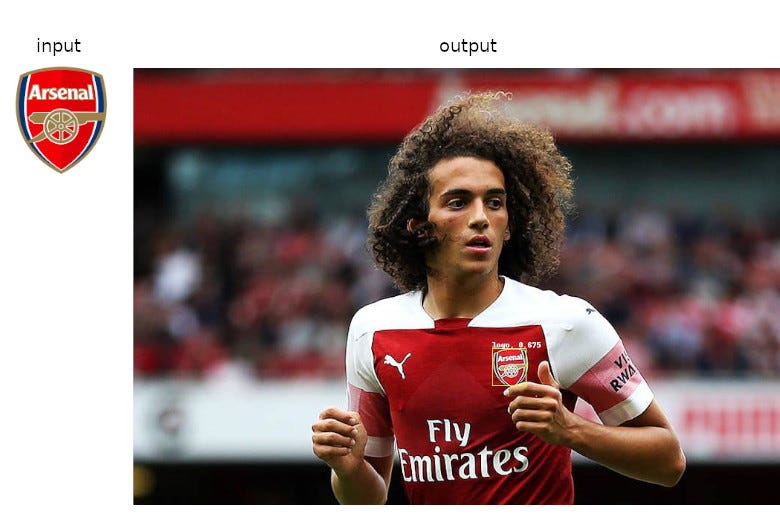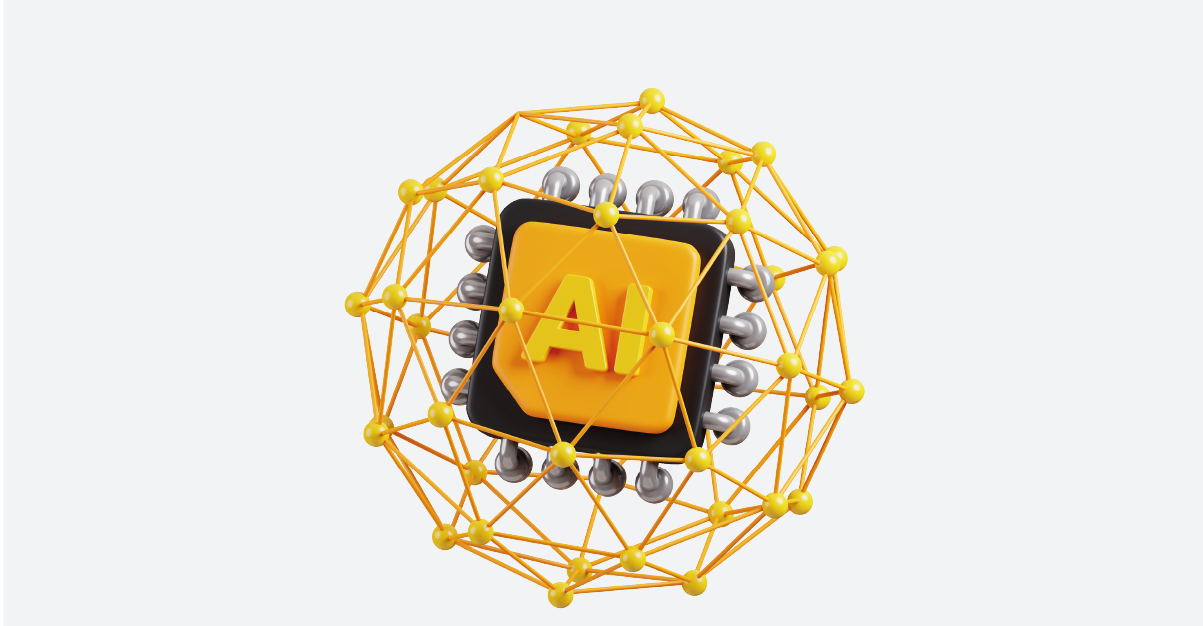In this digital age, the world is obsessed with celebrities. They endorse various brands, and their logos have become synonymous with their image. However, monitoring the presence of celebrity logos on different media platforms can be a challenging task. This is where celebrity logo detection comes into play. In this article, we will explore the significance, applications, challenges, techniques, and future trends in celebrity logo detection.
What is Celebrity Logo Detection?
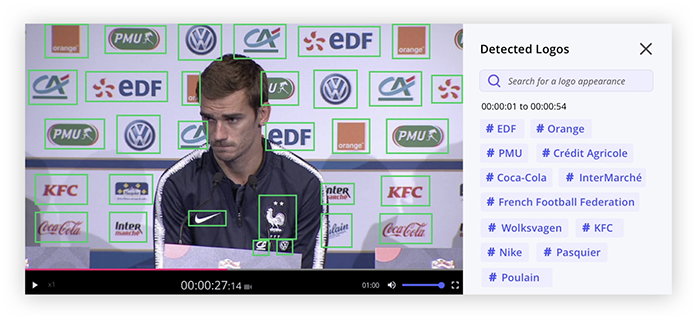
Celebrity logo detection refers to the process of automatically identifying and recognizing logos associated with celebrities in images or videos. It utilizes computer vision techniques, machine learning algorithms, and deep learning models to detect and classify logos accurately. By leveraging these technologies, brands, marketers, and content creators can monitor the presence and visibility of celebrity logos in various media channels.
Importance of Celebrity Logo Detection
- Brand Protection: Celebrity logo detection helps brands protect their intellectual property by identifying unauthorized use of their logos. It enables them to take appropriate action against infringement, ensuring brand integrity and reputation.
- Marketing Campaign Analysis: By analyzing the presence and visibility of celebrity logos in marketing campaigns, brands can measure the effectiveness of their endorsements and partnerships. This data can drive decision-making and optimize future marketing strategies.
- Content Moderation: Celebrity logo recognition plays a vital role in content moderation on social media platforms. It helps identify and remove inappropriate or misleading content that misuses celebrity logos, maintaining a safe and reliable online environment.
- Consumer Engagement: By tracking celebrity logo appearances, brands can understand consumer preferences and trends. This knowledge allows them to tailor their products and marketing efforts to effectively engage with their target audience.
Applications of Celebrity Logo Detection
- Social Media Monitoring: Celebrity logo detection can be used to monitor the presence and reach of celebrity endorsements on various social media platforms. This information helps brands gauge the impact of their marketing campaigns and assess their social media influence.
- Brand Reputation Management: Tracking celebrity logo visibility in news articles, blogs, and online publications helps brands manage their reputation. It allows them to proactively address any negative associations and maintain a positive brand image.
- Product Placement Analysis: Logo detection and celebrity recognition aid in analyzing product placements in movies, TV shows, and music videos. Brands can assess the exposure their logos receive and the audience’s response, informing future product placement decisions.
- Counterfeit Detection: By applying celebrity logo recognition techniques, brands can identify counterfeit products that use their logos illegally. This helps combat piracy and protect consumers from fraudulent merchandise.
Challenges in Computer Vision Logo Detection
- Variability in Appearance: Celebrity logos can appear in different shapes, sizes, colors, orientations, and contexts. This variability poses a challenge for accurate logo detection algorithms, requiring robust techniques to handle these variations effectively.
- Partial Occlusion: Logos may get partially occluded by objects or other elements in images or videos. It becomes crucial to develop algorithms that can detect logos even when they are partially obscured, ensuring reliable detection results.
- Real-time Processing: Real-time celebrity logo detection is essential for applications like live event coverage or social media monitoring. However, processing large volumes of data in real time while maintaining accuracy and efficiency is a technical challenge that needs to be addressed.
- Scale and Dataset Diversity: Building comprehensive and diverse training datasets for celebrity logo recognition is crucial. Obtaining a vast collection of logos associated with different celebrities across various domains can be challenging and time-consuming.
Techniques and Algorithms for Logo Detection
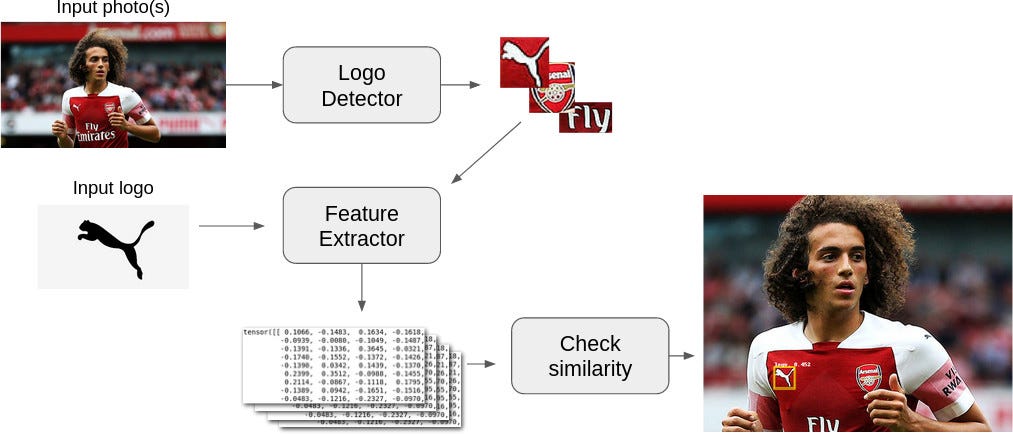
- Deep Learning Approaches: Convolutional Neural Networks (CNNs) have shown remarkable performance in celebrity logo recognition. Models like Faster R-CNN, YOLO, and SSD employ CNNs for accurate and efficient logo localization and classification.
- Feature-Based Methods: Traditional feature-based methods, such as Scale-Invariant Feature Transform (SIFT) and Speeded-Up Robust Features (SURF), can be used for logo detection. These techniques extract distinctive features from logos and match them against reference templates.
- Transfer Learning: Leveraging pre-trained models, such as VGGNet or ResNet, and fine-tuning them on logo detection datasets can accelerate the training process and improve detection performance.
- Ensemble Methods: Combining multiple detection models and algorithms, such as cascaded classifiers or model ensembles, can enhance detection accuracy and robustness.
Training Data for Celebrity Logo Recognition
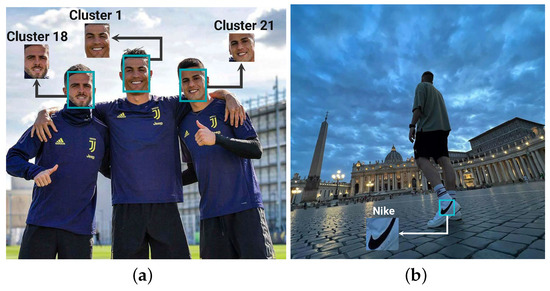
- Manual Annotation: Building a training dataset for celebrity recognition often involves manual annotation, where experts label logos in images or videos. This process requires meticulous attention to detail and expertise to ensure accurate annotations.
- Data Augmentation: Data augmentation techniques, such as rotation, scaling, flipping, and adding noise, can increase the diversity of the training dataset. Also, this helps the model generalize well to different variations of logos.
- Web Scraping: Web scraping can be employed to collect images or videos featuring celebrities and their associated logos. This approach allows for a larger dataset but requires careful consideration of copyright issues and data quality.
Evaluation Metrics for Computer Vision Celebrity Recognition
- Intersection over Union (IoU): IoU measures the overlap between the predicted bounding box of a logo and the ground truth. It assesses the accuracy of the logo localization.
- Precision and Recall: Precision measures the percentage of correctly detected logos out of all predicted logos, while recall measures the percentage of correctly detected logos out of all ground truth logos. Both metrics provide insights into the detection performance.
- Mean Average Precision (mAP): mAP combines precision and recall across different IoU thresholds to evaluate overall detection accuracy. It considers both localization and classification performance.
Future Trends
- Video-Based Detection: As videos gain more popularity across social media platforms, celebrity logo detection in videos will become more crucial. Also, future developments will focus on efficient and accurate logo detection algorithms specifically designed for video analysis.
- Real-time Mobile Applications: With the increasing use of smartphones, real-time celebrity logo detection applications will emerge. Mobile apps that can detect and provide information about celebrity logos in real time will enhance user experiences and engagement.
- Semantic Logo Understanding: Future research may explore deeper logo understanding beyond detection and classification. This includes logo attribute recognition, logo sentiment analysis, and logo context understanding, enabling more sophisticated analysis and insights.
- Domain-Specific Detection: Tailoring celebrity logo recognition models to specific domains, such as sports, entertainment, or fashion, will improve detection performance. Also, these domain-specific models can capture the unique characteristics and context of logos in different industries.
Case Studies and Record Breaking Achievements
One notable example is Coca-Cola’s partnership with several global influencers, where they tracked celebrity logo appearances across social media. In one month alone, Coca-Cola experienced a 30% increase in online visibility due to the rapid spread of posts featuring their logos alongside celebrity endorsements. This record-breaking rise was fueled by influencer partnerships with high-profile celebrities such as Taylor Swift and LeBron James, proving the power of celebrity-driven campaigns.
Similarly, Nike has used celebrity logo detection to monitor their global endorsement campaigns. Their 2020 collaboration with Kylie Jenner resulted in over 1 billion impressions across social media platforms within a single quarter, showcasing how effective celebrity logo tracking can be in scaling brand awareness.
Influencers’ perspective:
- Kylie Jenner, one of the world’s top influencers, shared on Twitter:
“When your logo is seen by millions, it’s not just about the brand—it’s about creating an emotional connection with my audience. Thanks to real-time logo detection, I can see the impact and authenticity of my collaborations every step of the way. #BrandMagic”
- LeBron James, basketball icon and Nike’s partner, tweeted:
“It’s amazing how far we’ve come! With celebrity logo detection, I can feel the reach and energy from my fans and brands alike. We’re just getting started.”
Conclusion
Celebrity logo detection plays a significant role in brand protection, marketing campaign analysis, content moderation, and consumer engagement. With the advancements in computer vision and machine learning, accurate and efficient detection of celebrity logos is becoming more feasible. However, challenges such as variability in appearance, partial occlusion, and real-time processing persist. Future trends suggest video-based detection, real-time mobile applications, semantic logo understanding, and domain-specific detection as areas of growth and improvement in celebrity logo detection.
If you’re interested in exploring the capabilities of celebrity logo detection and how it can benefit your brand or marketing efforts, we encourage you to request a demo from AIM Technologies. Our expert team can showcase the power of our cutting-edge technology and provide personalized insights based on your specific requirements.
FAQs
Can celebrity logo detection be used for trademark infringement cases?
- Yes, celebrity recognition can help identify unauthorized use of logos, aiding in trademark infringement cases and brand protection efforts.
Are there any open-source celebrity logo detection frameworks available?
- Yes, several open-source frameworks, such as TensorFlow and PyTorch, offer pre-trained models and resources for celebrity logo detection.
What is the impact of celebrity logo visibility on consumer behavior?
- The visibility of celebrity logos can influence consumer behavior, leading to increased brand recognition, trust, and purchase intent.
Can celebrity logo detection be applied to historical images or videos?
- Yes, celebrity recognition techniques can be applied to historical media, enabling retrospective analysis of logo presence and visibility.
How can celebrity logo detection benefit content creators and influencers?
- Content creators and influencers can utilize celebrity logo detection to assess the impact of their collaborations, measure brand exposure, and attract potential partnerships.
